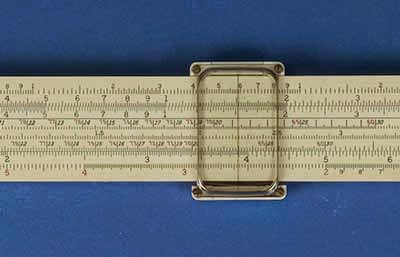When: through December 14, 2014
Enter the American History Museum through the Independence Avenue doors and you'll travel back in time to 1964.
Two display cases, one focusing on scientific achievements and one on cultural phenomena, allow you to see what was new and exciting in the early 1960s. Computers were entering the workforce, albeit in room-sized form. The mini-computer could fit in a closet. I'm assuming the smart phone that fits in my coat pocket can do more than any of these behemoths.
The calculator (also enormous) was replacing the slide rule. I remember when they first became popular in my elementary school and were very expensive. Only the lucky students among us had them. Now, of course, one hardly sees them anymore, as they've been replaced by an app.
Also appearing on the scene was The Pill. I won't even bother to talk about the changes in American society that has made, as there's really nothing I can add to the discussion with which we're all familiar.
On the cultural side, the rights revolutions (as Steven Pinker calls them in one of his books) were having their day: civil rights, women's rights, environmental causes. The Beatles arrived in America; we sent men into orbit. Perhaps my favorite artifact was the "Bonanza" Christmas album - yes, that Bonanza, Michael Landon and the rest of the cast featured on the cover.
On the floor are newspaper headlines from 1964 and in the middle of the floor space is a 1965 Ford Mustang (introduced in 1964) donated by one of the museum's conservators. Also on display is information on the 1964 New York World's Fair, where the Mustang was introduced.
Seeing how long ago 1964 was, how antiquated the technology, how "classic" the cars, makes me feel old, since it was also the year I entered the world. It seems as if the year so far has been one long celebration of people and things turning 50. Enough to make me hide my head until 2015 has come!
Verdict: It's easy to have a look at these items on your way to something else, or you could wait and combine these with the other exhibits going up shortly on the Museum's history.


















